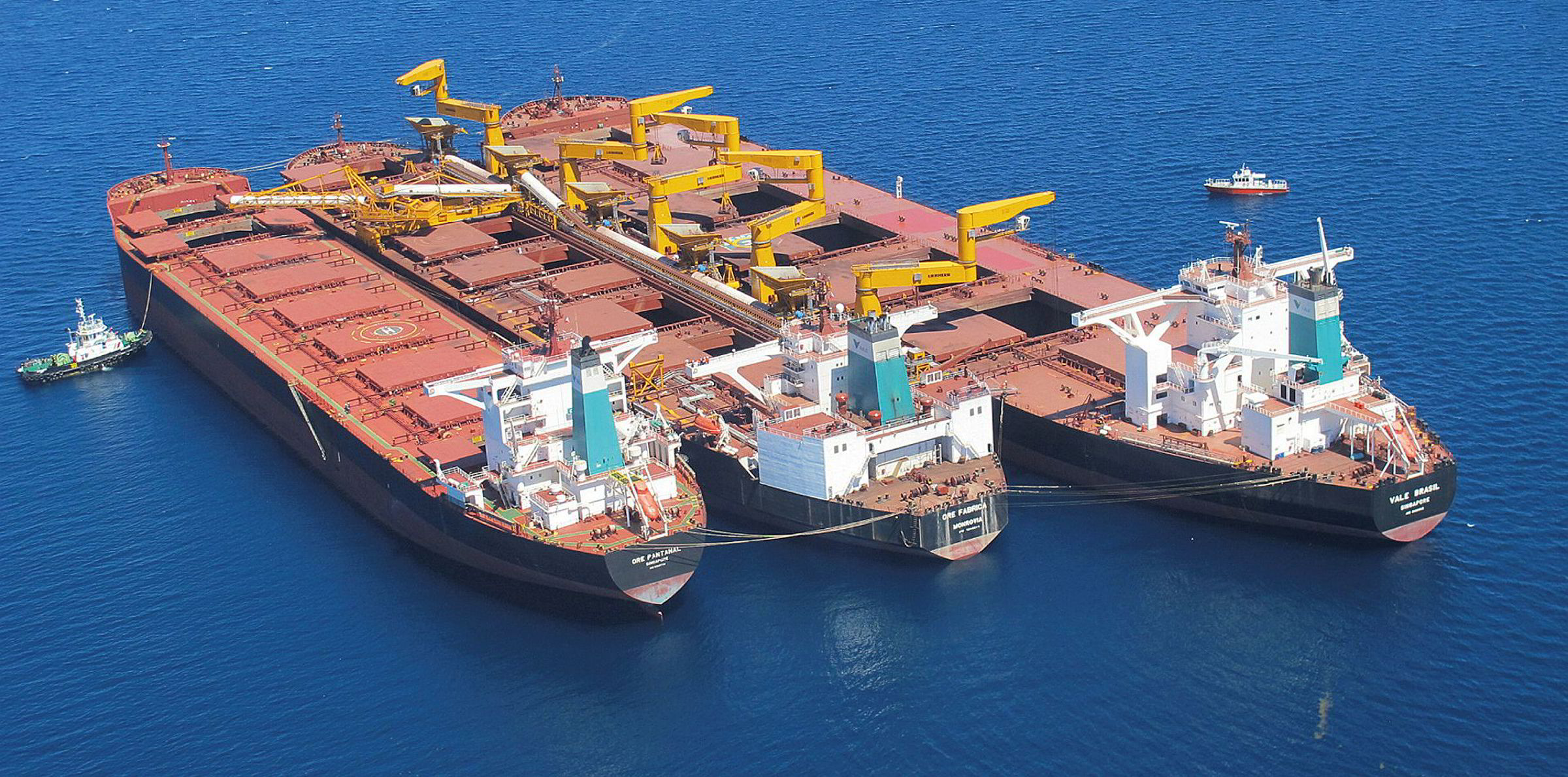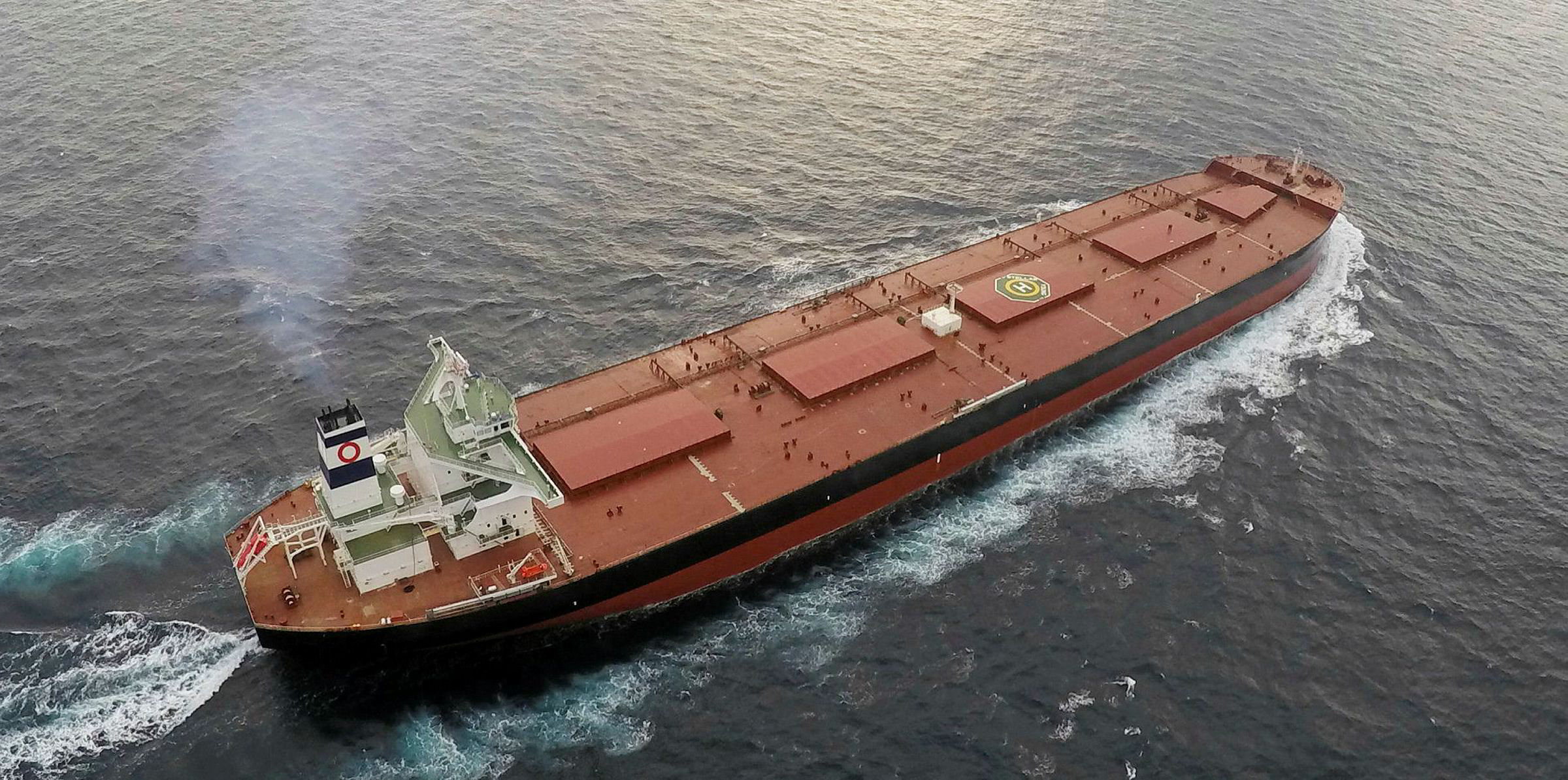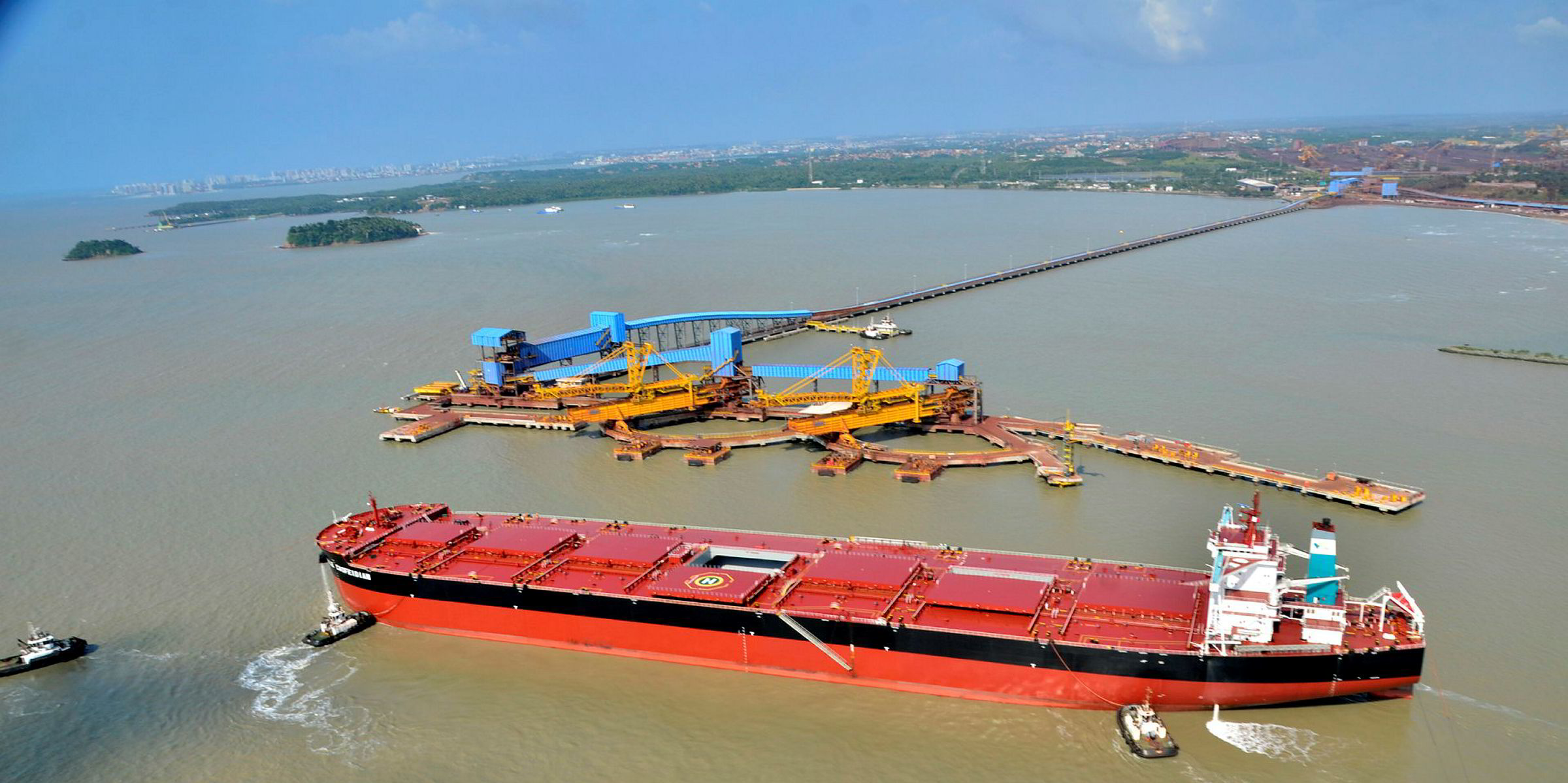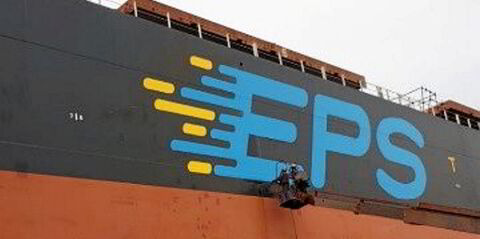Headwinds facing the dry cargo market extend beyond the impact of the Feijao disaster, Braemar ACM says.
Dry cargo rates have been in a tailspin this year with the Baltic Dry Index slumping to just 601 points on Friday.
Capesize vessels are earning just $8,200 per day with futures markets presently showing no indication of any upward momentum into the second quarter.
“The tragic failure of Vale’s tailings dam at Brumadinho has been a key event in what was already a difficult start to the year for the freight market. But the dry market’s problems run deeper,” said James Johnston of Braemar ACM.
He says the tragedy has been viewed as a major source of the present woes, but the greatest declines have actually occurred in the smaller asset classes, particularly panamax bulkers.
“They now trade at near three-year lows despite being largely unaffected by the potential impact on iron ore shipments,” Johnston said.
Panamax rates rose a little on Friday $6,128 per day, according to the Baltic Exchange, which noted a surprise improvement in the Pacific market this week.
“In reality Brumadinho comes at a time of deep market uncertainty, with the problems starting in Q3 last year,” Johnston said.
“Afterall, in early September 2018, the Cal19 Capesize FFA was trading at over $21k per day.
"Two and a half months later it had dropped by a third to just over $14,000 per day. It now prices at around $11,000 per day, so the big drop in value came last year rather than now."
He described the loss of life at Brumadinho as a timely reminder to the mining industry to look care-fully at its safety obligations.
"We wish for a speedy resolution for the devastating human impact. But we must be careful not to overstate its role in the dry market’s current predicament,” Johnston concluded.






